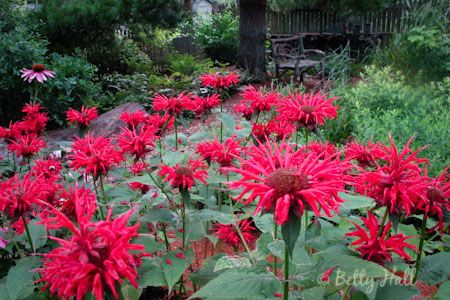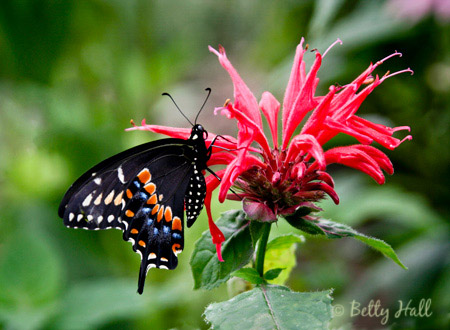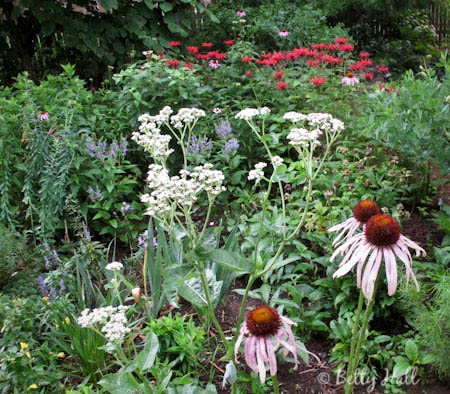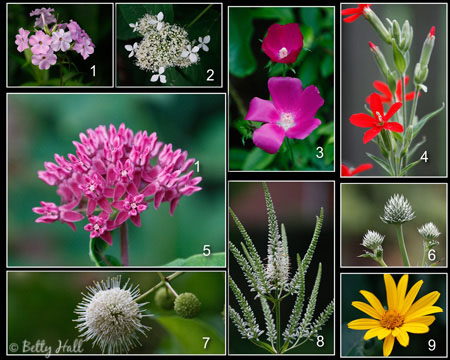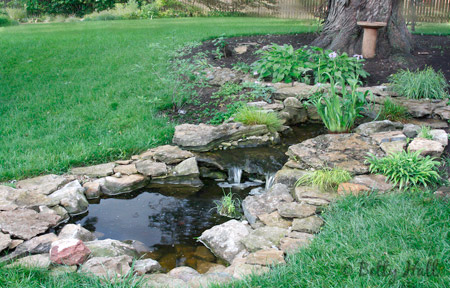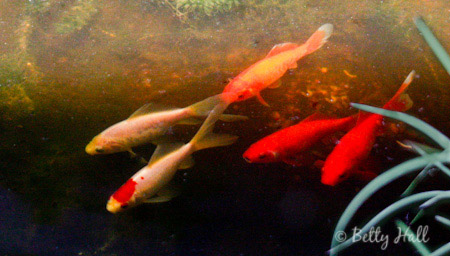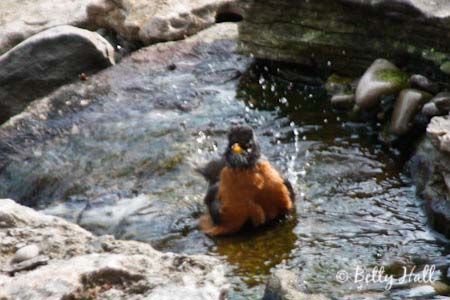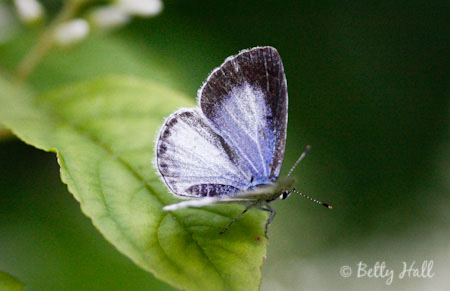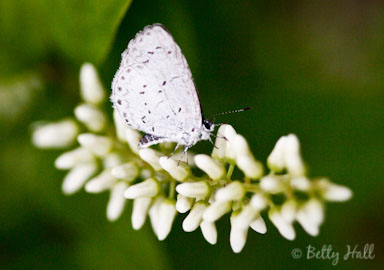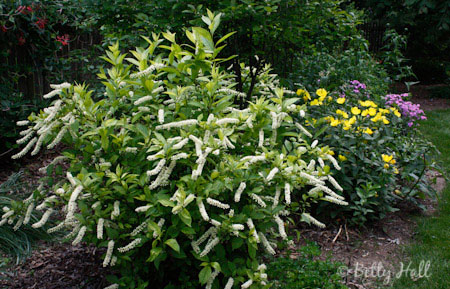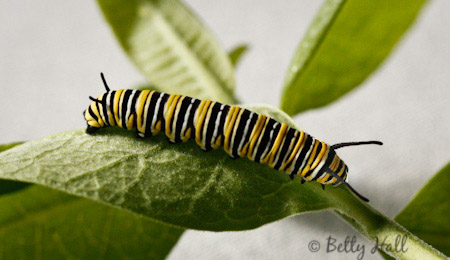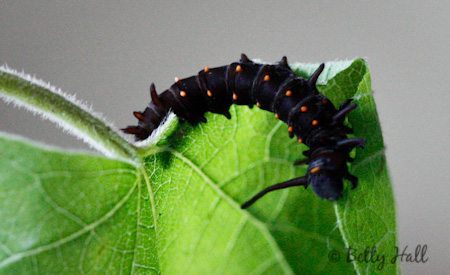I’m happy to say the Wild Ones 2011 Kentucky Native Plant Tour went quite well. We had ominous weather reports the night before, but Sunday afternoon turned out to be a great time to be outdoors. We had approximately 200 participants.
It’s quite gratifying to know so many people have an interest in native plants. It was also a great opportunity to let folks know about our local chapter of Wild Ones. This organization is a valuable resource for those wanting to know about using natives in their landscapes.
The showiest plant in my backyard this weekend was the Scarlet Bee Balm (Monarda didyma) which is now at peak bloom. This is a sentimental plant for me as I remember it from my grandmother’s garden. I love to crush and smell its aromatic leaves. I also like to use it in bouquets.
Someone on the tour asked if butterflies used Bee Balm. I have recently seen Pipevine Swallowtails (Battus philenor) and Ruby-throated Hummingbirds (Archilochus colubris) on it. Here is a Black Swallowtail (Papilio polyxenes) visiting a Bee Balm blossom.
I enjoy sharing our backyard. If you were unable to attend the tour would like to see it, please let me know and we’ll arrange a time.
There were so many tour participants that I ran out of copies of the history of our garden and resource list. Click the previous link to download a pdf.
Plans are underway for another Kentucky Native Plant Garden Tour next year – showcasing three different gardens. If you have any ideas or feedback, I’d like very much to receive them. You can leave a comment on this blog, which will be visible to the public, or send me a private message.

